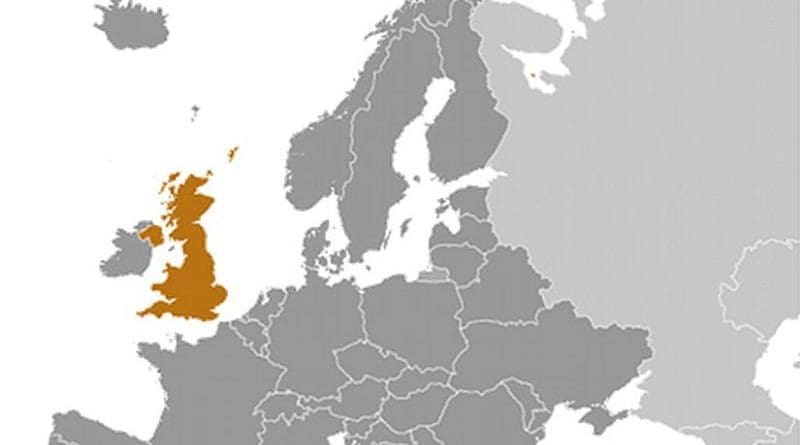Economic Benefits From UK Nuclear Plans
A report for EDF Energy has put some figures on the benefits to the UK economy that could flow from the company’s plans for new nuclear power plants.
The report by the Institute for Public Policy Research (IPPR) takes the UK’s longstanding lack of infrastructure investment as its starting point. It notes that public and private investment in British roads, rails and power plants has lagged behind that of many similar countries in recent decades. This longstanding issue has combined with the planned retirements of 12 GWe of fossil and 7.1 GWe of old nuclear power plants by 2020 to mean the country faces a potential power generation shortfall.
At the same time, climate change concerns have led British politicians to put in place a target of 80% cuts in carbon dioxide emissions by 2050 compared to 1990 levels. The target is virtually unachievable without the decarbonisation of the electricity sector by 2030, according to the Department of Energy and Climate Change (DECC).
One major player in the new energy mix will be renewables and another will be nuclear under the government’s policy for nuclear “to be free to provide as much as possible” of the 18 GWe of non-renewable generating capacity that will be needed by 2025. DECC estimates that about £110 billion ($171 billion) must be spent on new power generating capacity in the next decade to achieve those goals.
The IPPR report looks into the effects this scale of investment can have on the UK nuclear sector and its economy overall.
Recent studies rate the nuclear industry as a small part of the British economy at only about 0.1-0.2% of GDP – a very minor part of the energy sector overall, which represents 3.6% of national GDP according to DECC. The nuclear power sector employs around 24,000 people directly and a further 20,000 with contracted jobs in the wider supply chain.
As well as supplying about 20% of the country’s electricity, these workers together export about £700 million ($1.0 billion) in goods and services each year. Based on growth rates for global nuclear predicted by the International Atomic Energy Agency, the IPPR said this figure could grow to £1.1-1.6 billion ($1.7-2.4 billion) per year if the UK retains the same market share.
The workforce would grow, of course, should EDF Energy go ahead with its first new nuclear plan, to build two new reactors at Hinkley Point C. Between 20,000 and 25,000 workers would be needed for construction, with about 5000 of these from the local area. The investment required for this and for maintenance over a 60 year lifespan would amount to £10 billion ($15 billion), with the regional economy seeing some £100 million per year during the construction phase and £40 million during each year of operation. There should be 900 permanent jobs once the reactors are running, 700 of which would be permanent and 200 on contract. During refuelling and maintenance outages every 18 months, another 1000 workers would be drafted in.
EDF Energy’s study on the Torness plant concluded that there was a ‘multiplier effect’ for the wider economy of 60p for every £1 spent during operation and maintenance.
The IPPR put out a range of potential effects on the UK’s GDP that could flow from new nuclear build. If EDF Energy were to go through with the Hinkley Point C plant as well as a matching project at Sizewell C (a total of 6.4 GWe of nuclear capacity), the effect could be as much as a 0.12% increase of GDP over 15 years. If nuclear capacity were to grow by the government’s vision of 18 GWe over 15 years, the boost could be 0.34%. IPPR said the latter figure is worth over £5 billion ($7.8 billion) per year.
IPPR said the top-line 18 GWe nuclear investment could deliver 11,250 direct jobs, the same number of indirect jobs, and furthermore 5000 to 10,000 further jobs should some extra supporting investments be made.

